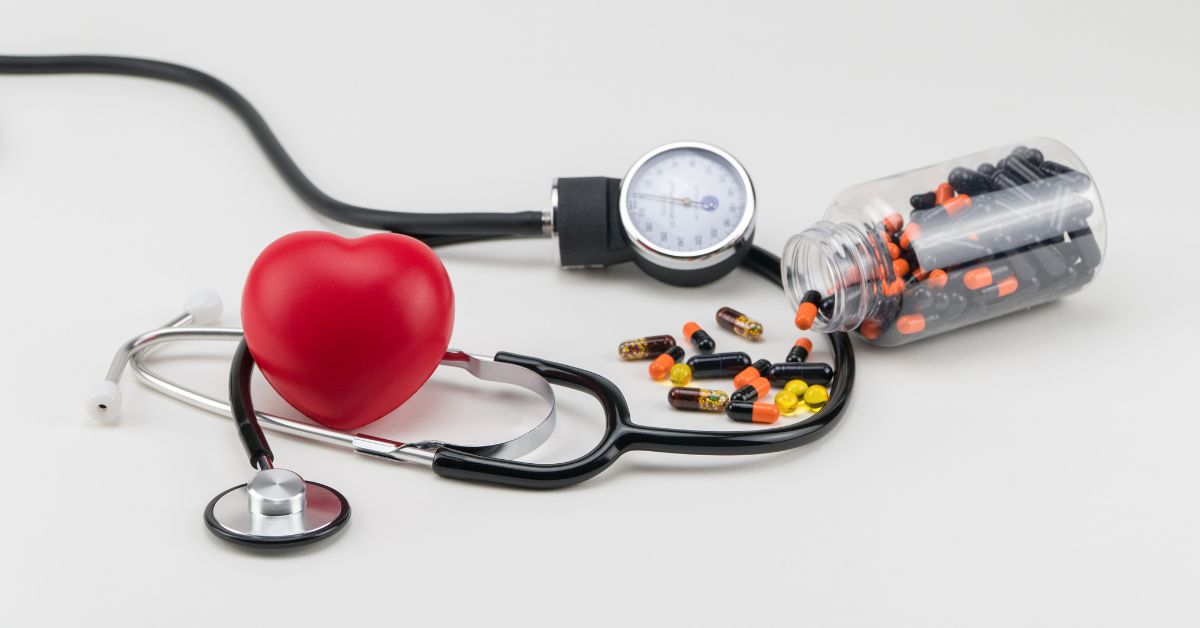According to the WHO, around 600 million people around the world suffer from hypertension, and the search for hypertension treatment is increasing every day.
Although it is a chronic disease and must be monitored to prevent it from causing complications and other health problems for the patient, it can be controlled.
Therefore, the struggle of cardiologists and other specialists is focused on finding new guidelines for its treatment and control.
That's why in this post we're going to talk about the new guidelines for both the diagnosis and control of SAH.
What are the new guidelines for diagnosing and treating SAH?
As a disease that has no cure, affects millions of people and is one of the biggest risk factors for strokes, heart attacks and complications of pre-existing diseases, systemic arterial hypertension is a constant concern.
Research is therefore ongoing to reduce the burden it causes. Find out about the new guidelines for diagnosing and treating SAH:
Blood pressure measurement
It may seem simple to a range of specialists, but the correct measurement of blood pressure doesn't come first for no reason.
This is because not all health professionals measure blood pressure properly, nor do they use the best pressure gauges.
That's why this rate is still a challenge for monitoring and treating SAH!
It is essential that people with this disease have their blood pressure measured correctly, with the best equipment and at an established frequency.
Search for symptoms of secondary causes
The main causes of hypertension are a sedentary lifestyle, obesity, smoking and high sodium intake. However, some symptoms of hypertension may indicate secondary causes of the problem, and it is important to check for these.
Among the symptoms that most indicate secondary problems are increased pressure in young patients, hypertension that resists medication and doesn't go down, sleep problems (apnea) and worsening kidney function.
In some cases, even medications such as nasal decongestants, corticoids and hormones can cause blood pressure problems.
It is essential to diagnose the exact cause in order to proceed with SAH treatment.
Estimating cardiovascular risk
Like other diseases, SAH has levels of severity, which are linked to the cardiovascular risk it presents.
It is therefore important for the specialist to take into account the level of blood pressure and cross-check this with the risk factors for stroke, heart attack and death.
Analyzing previous exams and knowing the patient's medical history is also interesting.
What are the new guidelines for treating SAH?
With the forms of diagnosis well established, it is important to know the new treatment guidelines for SAH, which aim to keep blood pressure levels stable.
Non-pharmacological measures
Measures that don't use medication to control hypertension are based on a low-sodium diet with a DASH pattern, i.e. with a strong presence of vegetables and fruit, stopping smoking and controlling the use of caffeinated products and alcohol.
Pharmacological measures
Pharmacological measures include the use of classes of drugs that work to stabilize blood pressure. These include diuretics, vasodilators, beta-blockers, among others.
Now that you know about the new guidelines for the treatment and diagnosis of SAH, continue on our blog andto learn about the evolution of heart transplantation over the years.



